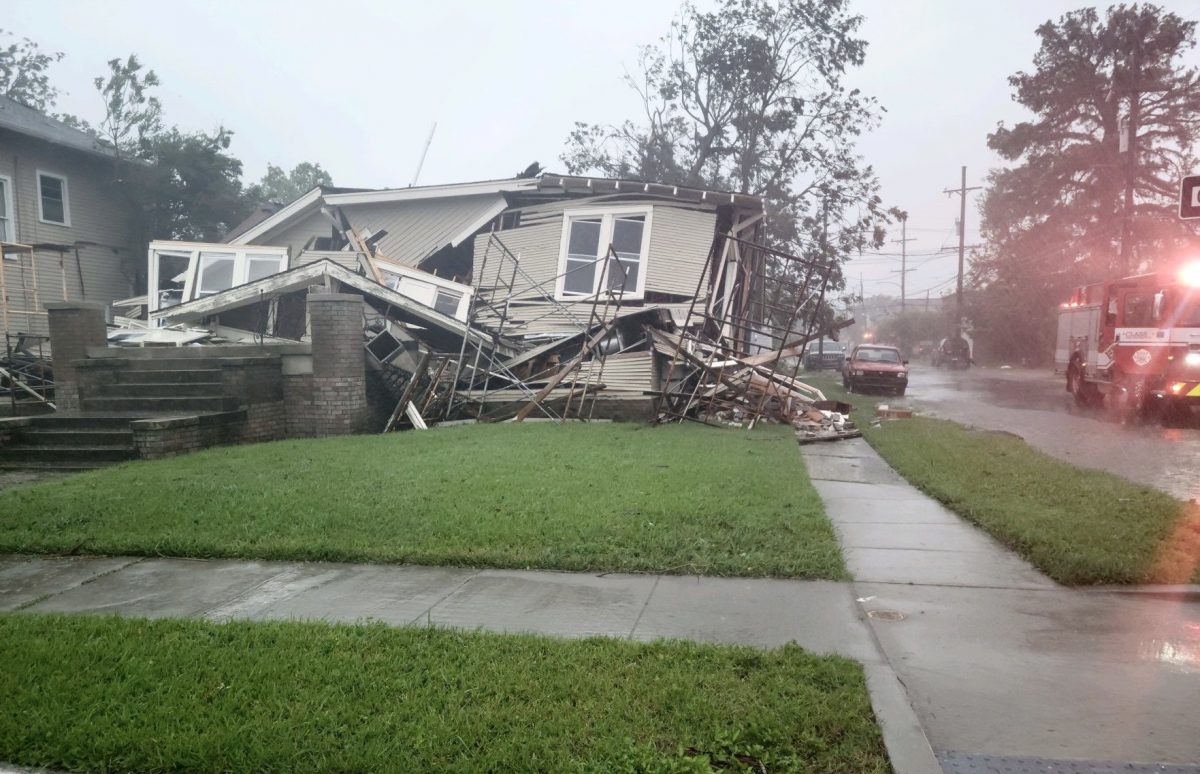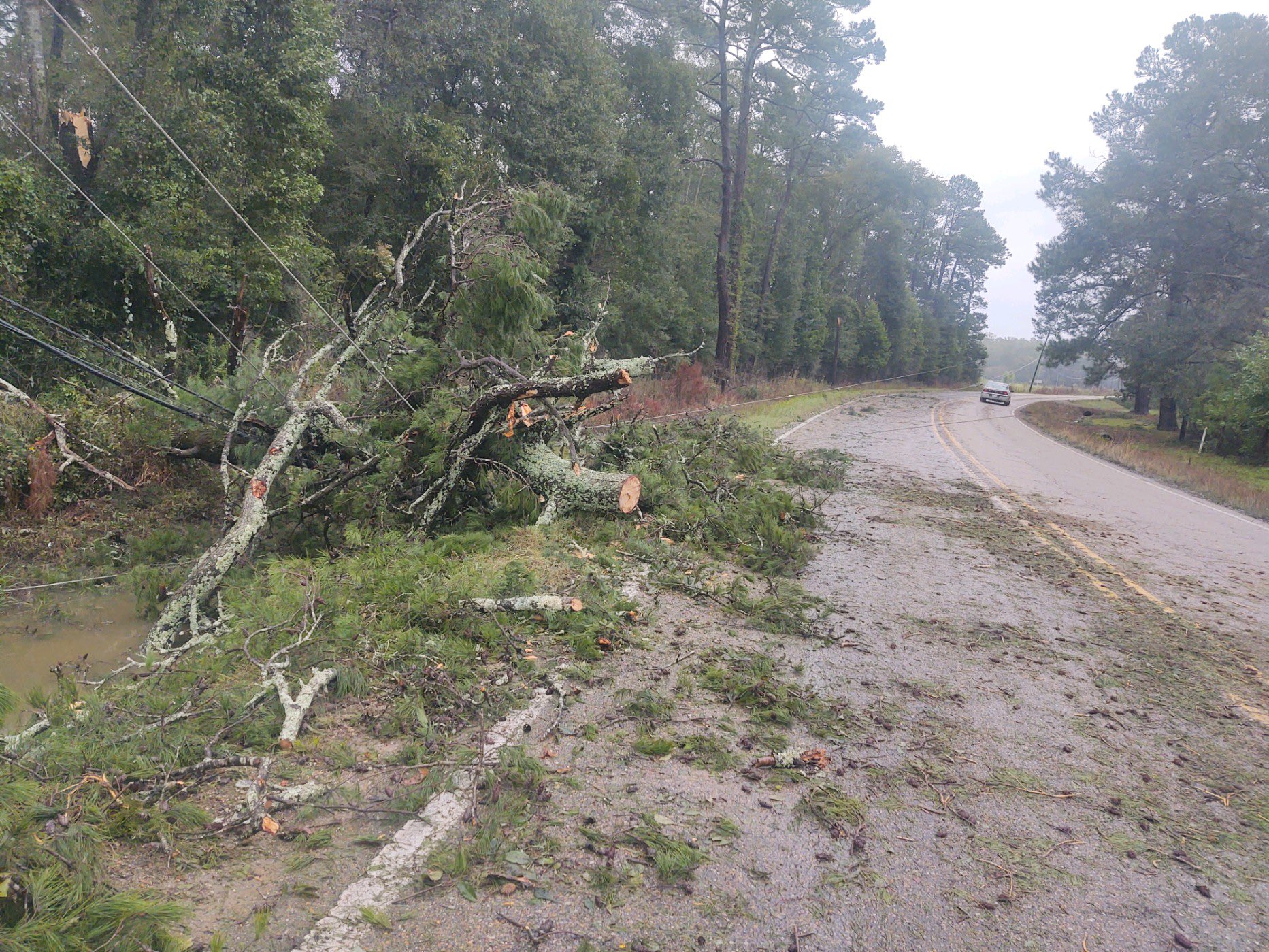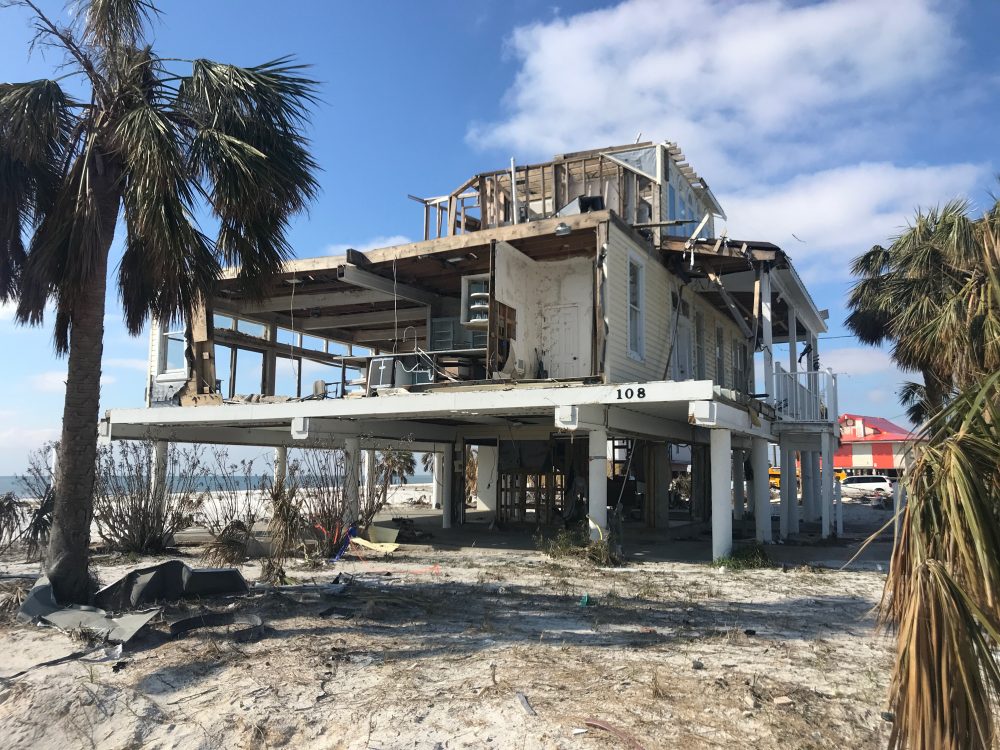Hurricane Ida: A plea for philanthropy to follow trusted basics for trusted outcomes
Hurricane Ida is a beast of a storm. Making landfall in Port Fourchon, the hurricane caused a massive storm surge and rendered much of southern Louisiana’s roads impassable. Power is out across New Orleans, including the levee pump system. As long as the generators keep running, the levee system will hold. But, the power outage […]

Hurricane Ida is a beast of a storm.
Making landfall in Port Fourchon, the hurricane caused a massive storm surge and rendered much of southern Louisiana’s roads impassable. Power is out across New Orleans, including the levee pump system. As long as the generators keep running, the levee system will hold. But, the power outage is a transmission failure, the storm knocked out all eight major transmission lines that deliver power to the city, meaning that the outage could be measured in weeks and not days. At least three hospitals have been evacuated. Reports are also coming in stating that there are 6 feet of standing water on roads in some places.
Over the coming days, images of barges floating untethered, downed power lines and trees, and rescue boats are sure to fill our daily news feeds. As of the time of writing this blog, thankfully, only one death has been confirmed.
The potential for Ida to be worse in terms of physical damage than Katrina is very, very real. How can donors help those affected by the hurricane?
While Hurricane Ida has been downgraded to a tropical storm on the Saffir-Simpson Hurricane Wind Scale, we know that she will continue her beast-like behavior as she heads north over Mississippi and into the Tennessee Valley.
As a Nashville, Tennessee resident, I can share that our region is saturated from recent storms while Waverly and parts of Nashville are still reeling from catastrophic flooding. The threat of more rain and associated potential flooding is terrifying.
The Center for Disaster Philanthropy (CDP) team, virtual and geographically distributed since our founding in 2010, has two very important people based in Louisiana. I am certain that those of you reading this also have close friends, colleagues and loved ones based in the Magnolia state as well. Lori J. Bertman, CDP’s founder and inaugural board chair, and Tanya Gulliver-Garcia, CDP’s director of learning and partnerships, remained in Louisiana to sit out the storm. Thankfully, both Lori and Tanya are safe and sound.
Among the many facets of her position at CDP, Tanya’s role is to guide and direct the entire team in the immediate lead-up and aftermath of a disaster event. While Tanya navigates spotty wifi and no power, the CDP team is rallying to fill her large shoes.
The basics of effective disaster giving
At times like this – when worry, stress and fear are high, I remind myself to go back to my basics – for me personally, that includes sleep, healthy food and exercise. For philanthropy, I’ll offer up these basics principles of effective disaster giving for trusted outcomes.
- Take the long view. Even while focusing on immediate needs, remember that it will take some time for the full range of needs to emerge. Power loss, transportation outages and flood-damaged homes may be top of mind, but it takes a while to truly understand the impact that the disaster has had on people’s lives. Be patient in planning for disaster funding. Recovery will take a long time, and flexible funding will be needed throughout.
- Recognize there are places private philanthropy can help that government agencies might not. With the increase in extreme weather events, governments cannot fully fund recovery. Therefore, private funders have opportunities to develop innovative solutions to help with recovery efforts and to prevent or mitigate future disasters that the government cannot execute.
- All funders are disaster philanthropists. Even if your organization does not work in a particular geographic area or fund immediate relief efforts, there are ways to align disaster funding with your existing mission. If you focus on education, health, children or underserved populations, disasters present prime opportunities.
- Support the sharing of best practices. Florida, for example, has developed stringent building codes to mitigate destruction from hurricanes. Interested donors could help support the transfer of expertise from one region to another before the next disaster occurs. Other areas for best practices research and sharing include efforts to coordinate volunteers and the distribution of supplies.
- Connect with other funders. Collaborative philanthropic response to the disaster leverages combined expertise and maximizes the value of the human, financial and technical resources donated. The Center for Disaster Philanthropy (CDP) works closely with community foundations, regional associations, funders and responding nongovernmental organizations (NGOs) to share trustworthy information and analysis.
- Look to past disasters for guidance. There are often lessons learned that could be used to create better policies and procedures. Consider funding disaster risk-reduction research or projects that could inform more effective disaster preparation and response policy.
The CDP Atlantic Hurricane Season Recovery Fund supports the medium- and long-term needs of hurricane-affected people and communities. Learn how your donation to the Fund could make a difference to communities devastated by Hurricane Ida.
And register now for the Hurricane Ida: Funding Urgent Needs and Long-Term Recovery webinar on Thursday, Sept. 2, 2021, at 2 p.m. ET to explore the impact of Hurricane Ida on Louisiana and the southern United States and how funders can support relief and recovery efforts.
More like this

4 Days after Hurricane Ida: A Q&A with Lori Bertman

